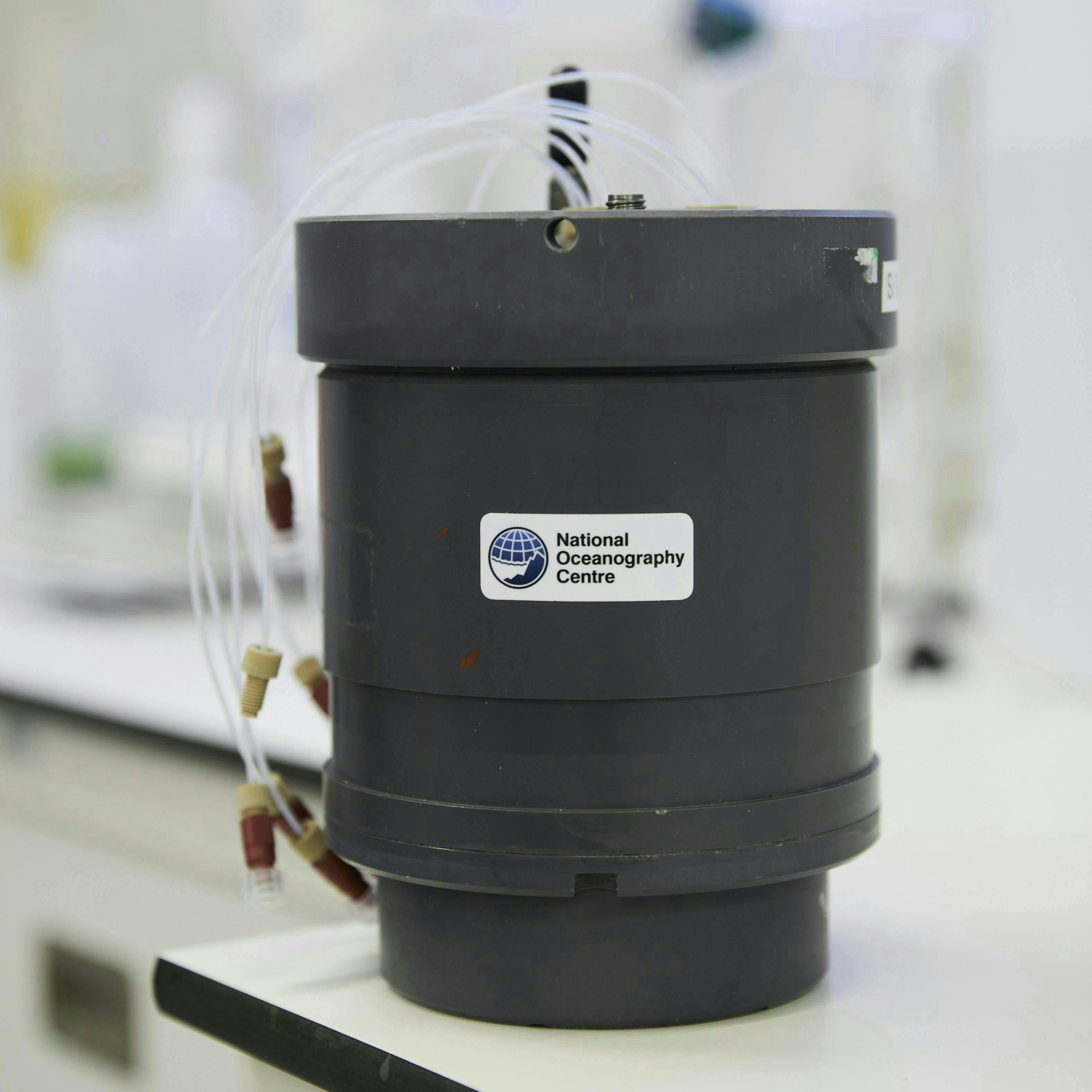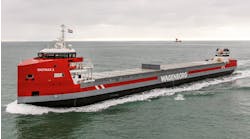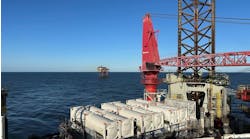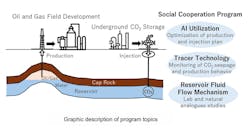NOC sensors demonstrate capability to monitor CO2 escape at two North Sea sites
By Jeremy Beckman, London Editor
SOUTHAMPTON, UK — The Strategies for Environmental Monitoring of Marine Carbon Capture and Storage (STEMM-CCS) project, funded via the EU’s Horizon 2020 program, has performed the first controlled sub-seafloor release of CO2 at a location close to Shell’s Goldeneye platform in the UK central North Sea.
A team of researchers from 14 institutions supported by Shell as the lead industry partner addressed approaches, methodologies and technologies that could support environmental monitoring of future offshore CCS sites.
The controlled release program, said to be the first of its type in real-life conditions offshore, simulated a CO2 reservoir leak scenario, with the leak successfully detected and quantified using instruments and tools developed during the campaign.
Results also confirmed the feasibility of modeling and assessing the local, regional and wider impacts of different reservoir CO2 leak scenarios, including the part fluid pathways in the shallow subsurface might play in reservoir integrity.
One of the participating institutions was the National Oceanography Centre (NOC) in Southampton, England, which developed miniaturized chemical sensors to measure nitrate, phosphate, pH, total alkalinity and dissolved inorganic carbon in situ, and optodes to determine pH and pCO2 values in the water column and in seafloor sediment.
The instruments were designed to process measurements quickly with minimal power consumption, so they would be suitable for future long-term deployments. Other NOC instruments enabled chemical measurements at the seafloor to determine how much CO2 had entered the water column in the dissolved phase.
According to Dr. Allison Schaap, associate head of Ocean Technology and Engineering at the NOC, the center adopted the same approach for a recently completed study for the Project Greensand CCS pilot in the Danish North Sea: using chemical sensors to monitor for signatures of excess dissolved CO2 by continuously analyzing the water chemistry.
The lander for Greensand, which supported both the NOC’s sensors and acoustic instruments from the University of Southampton, was larger and more physically robust than the ROV-deployed lander used for STEMM-CCS. This should allow it to survive more energetic deployment conditions and a longer period on the seafloor in future operations.
“For the chemical sensors,” Schaap explained, “we’ve done some design work to create a new version which decreases their consumption of consumables (e.g., chemical reagents and power) to ensure that they can be used for a longer deployment, reducing the frequency of planned maintenance activities.
“We’ve also been focusing on a narrower, prioritized set of chemical parameters, based on the lessons we learned in STEMM-CCS. Lastly, we’ve been evaluating instruments from multiple suppliers for the complementary commercial sensors to maintain robustness to any supply chain issues."
Schaap continued, “The University of Southampton has been developing acoustic tools to detect gas bubbles. They have been working to reduce the power consumption of this technology so it can be used underwater for longer, and to validate its performance and improve data analysis techniques. The two approaches are quite complementary; if there were to be a release of CO2 underwater, this could emerge as gas bubbles, but these rapidly dissolve.
“The acoustics detect gas bubbles, and the chemical sensors detect dissolved CO2, so with the combination we can be confident we’d detect either form. We’re in ongoing discussions with the Greensand partners about how we can continue to be involved, as they look to move on to the next steps.”
06.24.2024





